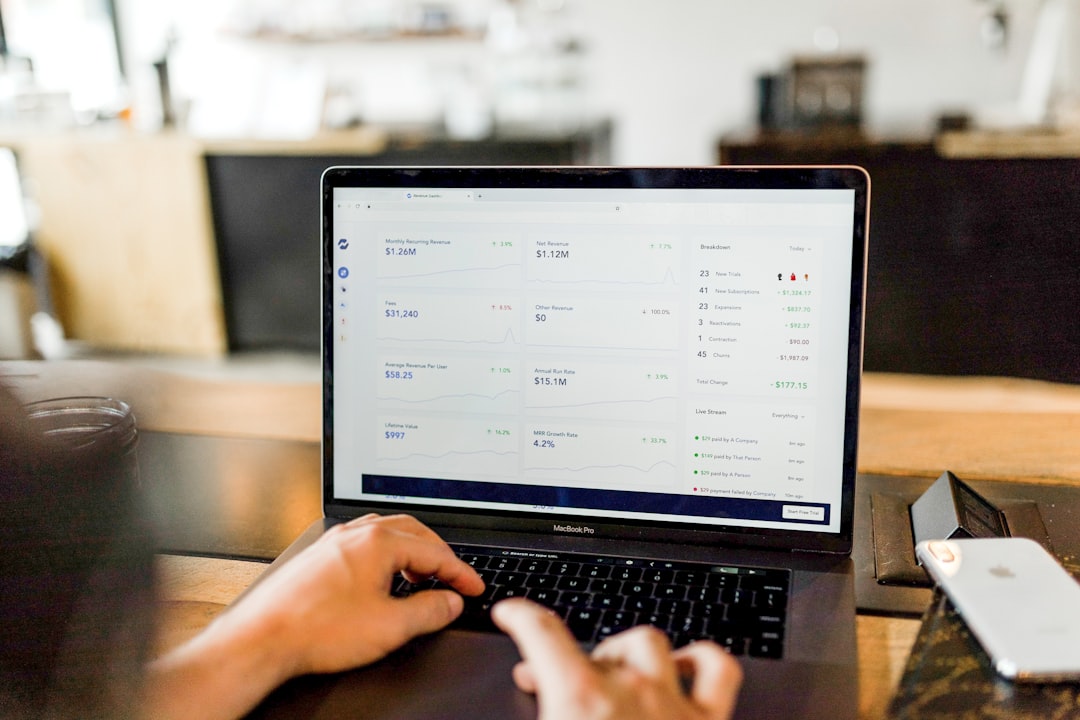What is it about?
We developed a deep-learning potential for AgPd nanoalloys based on a multiscale dataset ranging from nanocluster to bulk configurations, which exhibits precise predictions of mechanical properties and formation energies with near-density functional theory accuracy, calculates the surface energies of Ag and Pd closer to experimental values compared to those obtained by Gupta potentials, and is applied to investigate the shape reconstruction of single-crystalline AgPd nanoalloys from cuboctahedron to icosahedron geometries.
Featured Image

Photo by Markus Winkler on Unsplash
Why is it important?
The deep-learning potential (DP) is developed for AgPd nanoalloys based on a multiscale dataset ranging from nanocluster to bulk configurations for the first time, which calculates the surface energies of Ag and Pd closer to experimental values compared to those obtained by Gupta potentials, and is successfully utilized in investigating the mechanism of deformation twining in Pd@Ag nanoalloys and Ag outward diffusion mechanism in Ag@Pd nanoalloys. The structural transformations of single-crystalline Pd@Ag nanoalloys is characterized by a displacive transformation, distinguishing it from the diffusion-coupled transformation of Ag@Pd nanoalloys.
Perspectives
I hope this work can provide a guidance for the development of machine learning interatomic potentials and the reconstruction mechanism investigation of nanoalloys. This work also provides a basis for the reconstruction investigation of AgPd nanoalloys under adsorption of oxygen, hydrogen, fluorine, etc.
Fuyi Chen
Northwestern Polytechnical University
Read the Original
This page is a summary of: Structural transformations in single-crystalline AgPd nanoalloys from multiscale deep potential molecular dynamics, The Journal of Chemical Physics, July 2023, American Institute of Physics,
DOI: 10.1063/5.0158918.
You can read the full text:
Contributors
The following have contributed to this page










